
If the gene-editing tool CRISPR/Cas9 continues to show such promise it will herald a new era for the treatment of many genetic diseases.


If the gene-editing tool CRISPR/Cas9 continues to show such promise it will herald a new era for the treatment of many genetic diseases.
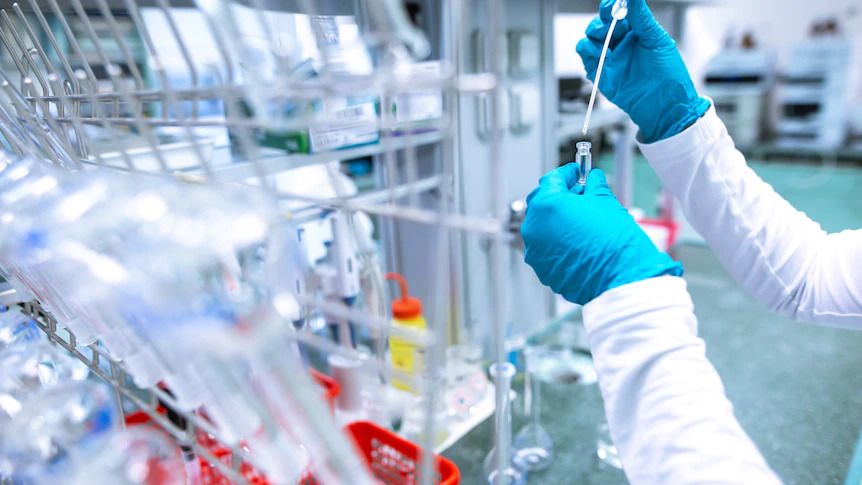
In August last year, Unity released interim results showing that its drug was probably ineffective in treating study patients suffering from osteoarthritis.
Its stock price plummeted as a consequence, but Dr de Grey remains hopeful that “soon we might have drugs that actively cause these cells to die”.
While Dr de Grey is excited to see much of the life extension research he helped develop come to fruition, some thinkers are raising concerns about the implications of an extended human lifespan.

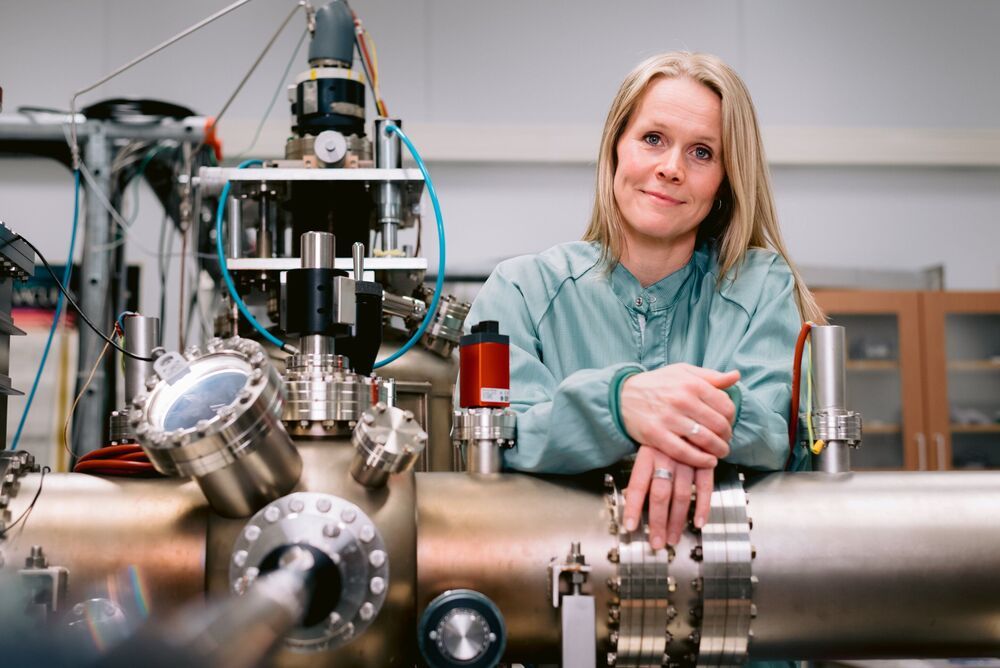
Artificial kidneys, powerful batteries and efficient water purification are some of the future applications of a group of ultrathin materials known as MXenes. This opinion is expressed in an article in the journal Science, whose authors include one from Linköping University.
Materials that have a cross-section as thin as one or a few layers of atoms possess unusual properties due to their thickness. These properties may be high electrical conductivity, high strength or an ability to withstand heat, giving ultrathin materials a great potential for use in future technology. The most well-known material is graphene, and the hunt for other ultrathin materials, also known as two-dimensional materials, has increased in intensity since its discovery.
Graphene and many other two-dimensional materials are either semiconductors, semimetals or polarized insulators. The lack of an ultrathin metal conductor is an obstacle in the development of components based exclusively on two-dimensional materials.
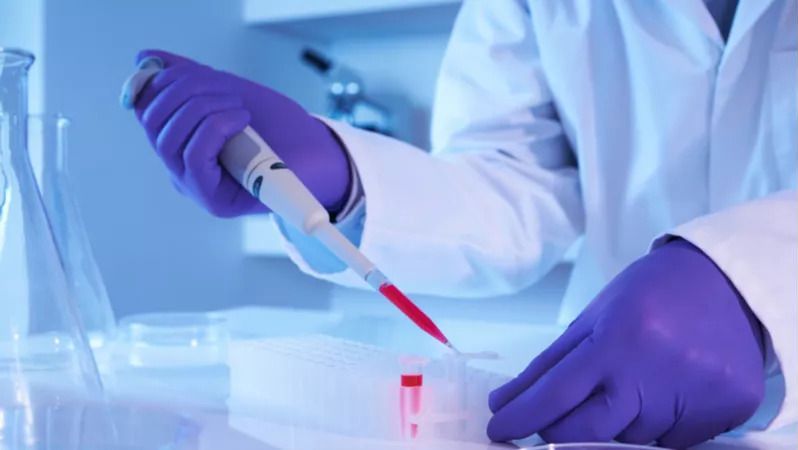
Mesenchymal stem cells derived from adipose tissue appear to reverse some effects of aging in nearby somatic cells.
A new study published in the FASEB Journal shows how mesenchymal stem cells derived from adipose tissue (ADSCs) reverse some effects of aging in nearby cells.
It’s not the cells themselves, it’s what they secrete
The original and ongoing main purpose of stem cell therapies is to directly combat stem cell exhaustion: to replenish the body’s regenerative capability by introducing fresh stem cells, which divide into somatic cells in order to repair tissues and organs.
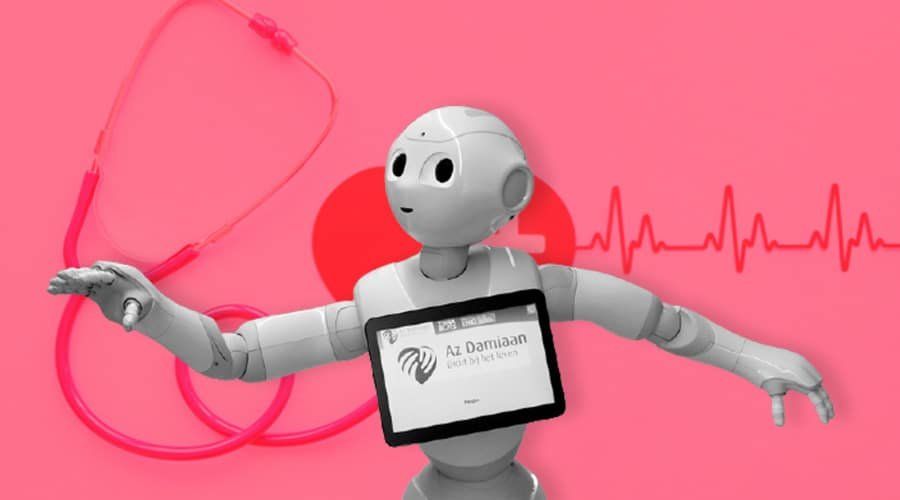
Still the comic relief til about December 31, 2024. By 2035 curing everything, already in the early stages towards that.
Giovanni Traverso, an MIT assistant professor of mechanical engineering, a gastroenterologist at Brigham and Women’s Hospital, and also the senior author of the study said, that they were actively working on robots that can help provide health care services to maximize the safety, of both the patients and the health care workforce.
Traverso and his colleagues after the Covid-19 began last year, worked towards reducing interaction between the patients and the health care workers. In this process, they collaborated with Boston Dynamics in creating mobile robots that can interact with patients who waited in the emergency department.
But the question here is, how patients are going to respond to the robots? This question was raised by the researchers of MIT along with Brigham and Women’s Hospital. The researchers conducted a nationwide large-scale online survey of about 1000 people working with a market research company called YouGov. The questions were about the acceptability of robots in healthcare for performing tasks like nasal swabs, inserting a catheter, and turning a patient over in bed.
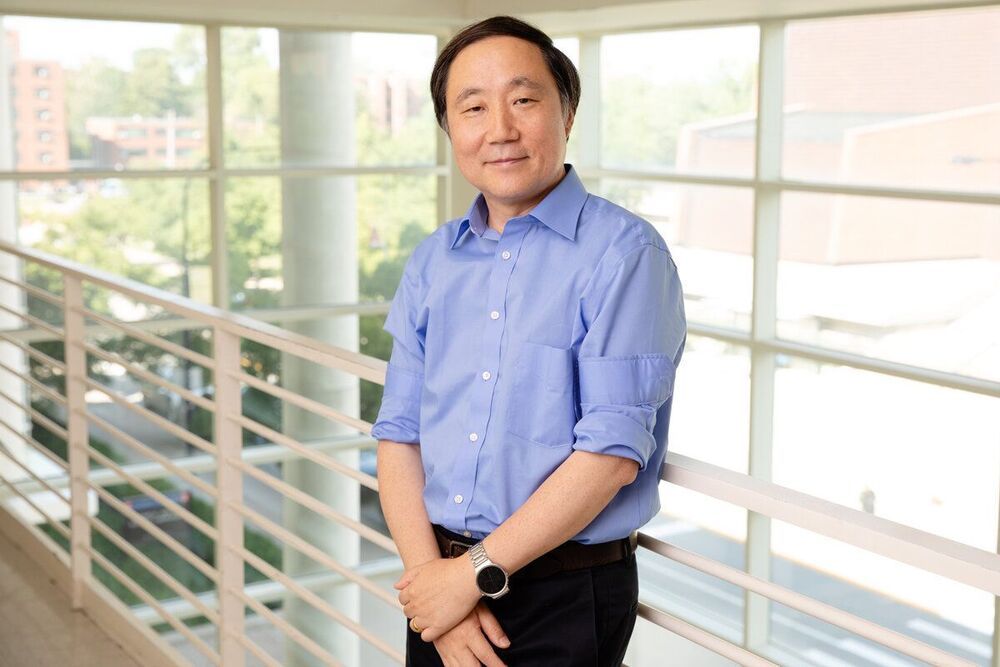
Move over, gene-editing proteins—there’s a smaller, cheaper, more specific genetic engineering tool on the block: DNAzymes—small DNA molecules that can function like protein enzymes.
Researchers at the University of Illinois Urbana-Champaign have developed a technique that, for the first time, allows DNAzymes to target and cut double-stranded DNA, overcoming a significant limitation of the technology. DNAzymes have been used in biosensing, DNA computing and many other applications. However, when it comes to genetic engineering applications such as gene editing or gene therapy, they have faced a challenge: DNAzymes have only been able to target sites on single-stranded DNA, while the DNA coding for genes in cells is double-stranded. The researchers published their new technique in the Journal of the American Chemical Society.
“DNAzymes have many advantages, including higher stability, smaller size and lower cost than protein enzymes. These advantages perfectly fit the requirement for genetic engineering tools,” said study leader Yi Lu, a professor of chemistry at Illinois. “No DNAzymes could alter double-stranded DNA until this work. By making that happen, we open the door for DNAzymes to enter the entire world of genetic engineering.”

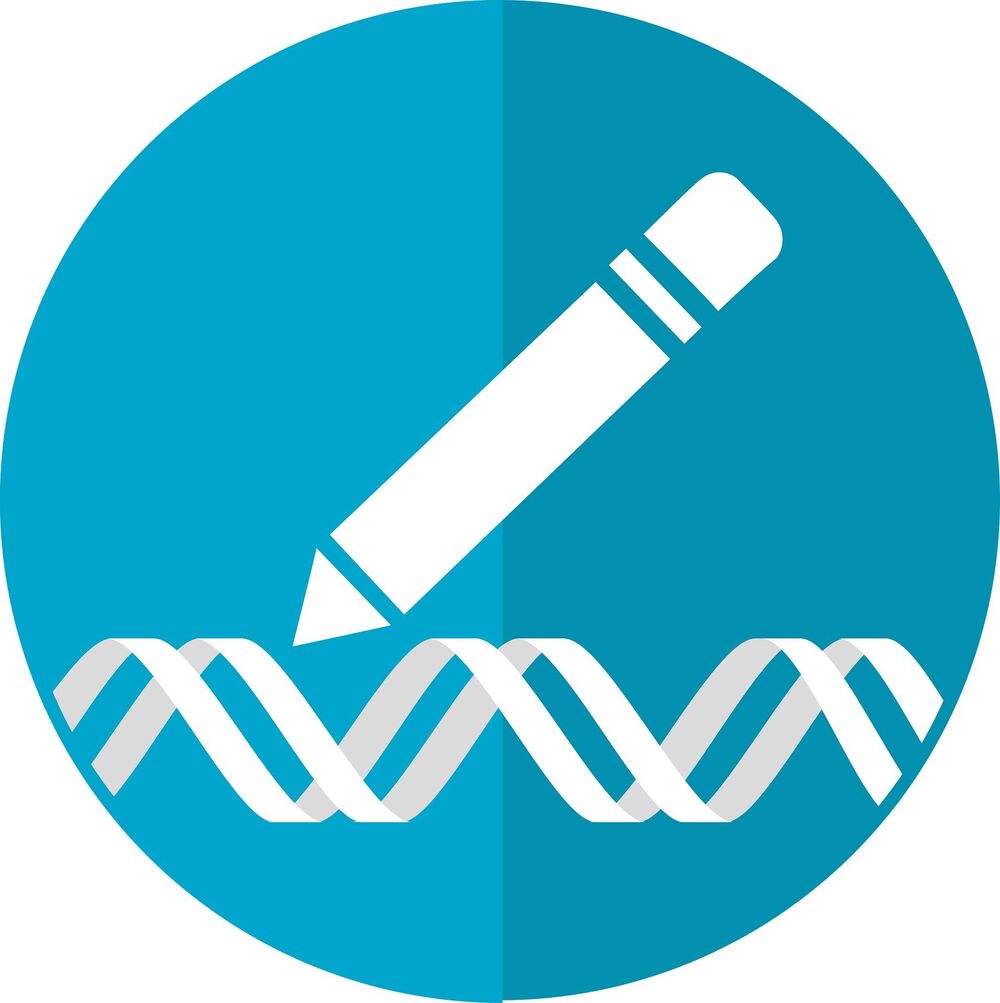
Quick, accurate and easy-to-use, CRISPR-Cas9 has made genomic editing more efficient—but at the same time has made human germline editing much more feasible, erasing many of the ethical barriers erected to prevent scientists from editing the genes of heredity.
“The ethical debate about what is now called human gene editing has gone on for more than 50 years,” writes Dr. John H. Evans, co-director of the Institute for Practical Ethics at the University of California, San Diego. “For nearly that entire time, there has been consensus that a moral divide exists between somatic and human germline editing.”
In an essay published in the Proceedings of the National Academy of Sciences (PNAS), Evans contends that many of the potent bioethical arguments that once made germline editing a verboten concept, have begun to dissolve in the era of CRISPR.

To understand how the clones can create millions of copies of themselves and yet remain functional, Oldroyd and his team compared the genomes of Cape honeybee workers with those of their queen and her offspring.
After forcing the Cape queen to reproduce asexually by fitting her with surgical tape that prevented her from mating, the team examined certain DNA sequences of both the Cape queen and the 25 larvae she produced. Then, they did the same for four Cape honeybee workers and their 63 larvae.
The team discovered that the asexually reproduced offspring of the queen had levels of recombination (DNA mixing) 100 times greater than the genetically identical cloned offspring of the workers — a finding that suggests the Cape worker bees have evolved a mutation that prevents recombination. Without the risk of a one-third loss of genetic material caused by the asexual reshuffling process, the workers are free to continually create perfect copies of themselves.